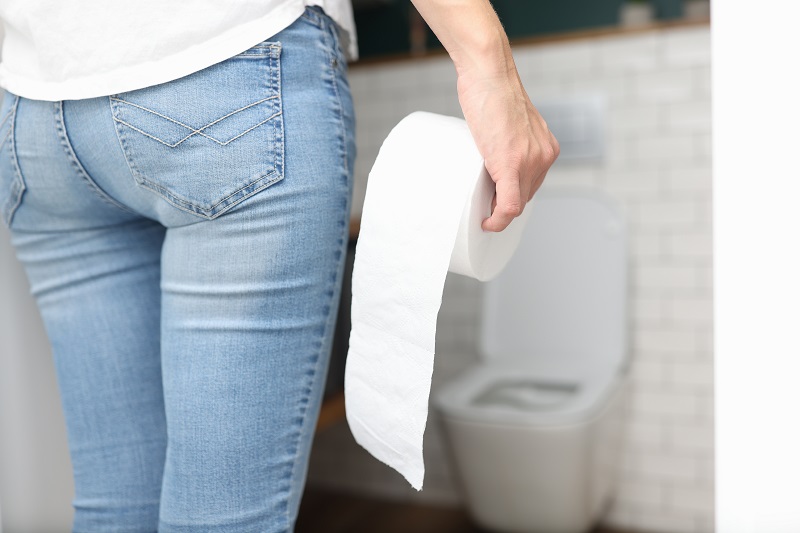
Urinary incontinence can be a frustrating and embarrassing condition that affects millions of people, although it is more common in women than men. Incontinence can range from occasional leaks when coughing or sneezing to a complete loss of bladder control. The most common type of urinary incontinence is stress incontinence, which occurs when you put pressure on your bladder by coughing, sneezing or laughing. Other types include urge incontinence, overflow incontinence, and functional incontinence. Most cases can be treated with pelvic floor exercises, medication or lifestyle changes.
Improve Your Core with Kegels.
Kegels are one of the best exercises to strengthen your pelvic floor and prevent urinary incontinence. If you’re wondering, What’s a Kegel? No worries, it’s not Nordic. Just clench and release your pelvic floor muscles. It’s strange at first, but it’s a necessary exercise to enhance bladder control and emptying.
If you’re unsure about Kegels or have ongoing urinary incontinence issues, consult a nearby urologist. Specialists offer personalised exercises and medical treatments to help you stay comfortable and active. Contact a urologist doctor near me to strengthen your pelvic floor.
Prioritise Hydration.
Tired of worrying about urinary incontinence? Prioritise hydration to prevent and reduce symptoms of this uncomfortable condition. Drink at least eight glasses of water daily, and consider herbal tea or green juice as part of your hydration. Drinking water throughout the day can gradually strengthen your pelvic floor, improving bladder control and reducing leaks. To meet your hydration goals, set a reminder on your phone or add flavours like lemon or cucumber to your water. Consult a trusted urologist near you for personalised advice on maintaining a healthy, active lifestyle with a strong pelvic floor.
Choose low-impact exercise routines.
As we get older, our pelvic muscles weaken. It’s important to do exercises that strengthen these muscles to avoid urinary incontinence. Low-impact exercises are more effective for enhancing pelvic floor strength than high-intensity workouts. Walking, cycling, swimming, and yoga are great for toning pelvic muscles, improving flexibility, and reducing stress. Low-impact exercises are great for long-term fitness and easier on your joints. Plus, they’re a bonus! Find a good urologist nearby for more advice on maintaining a healthy pelvic floor.
It’s important to prioritize the health of your pelvic floor in order to avoid urinary incontinence. Simple daily exercises, like Kegels, as well as maintaining a healthy weight and avoiding tobacco and excessive caffeine and alcohol, can all contribute to the strength and function of your pelvic floor. By incorporating these lifestyle adjustments into your routine, you can take steps towards preventing urinary incontinence and living a healthy, active life. Don’t hesitate to talk to your healthcare provider if you have any concerns or questions about managing urinary incontinence or strengthening your pelvic floor.




